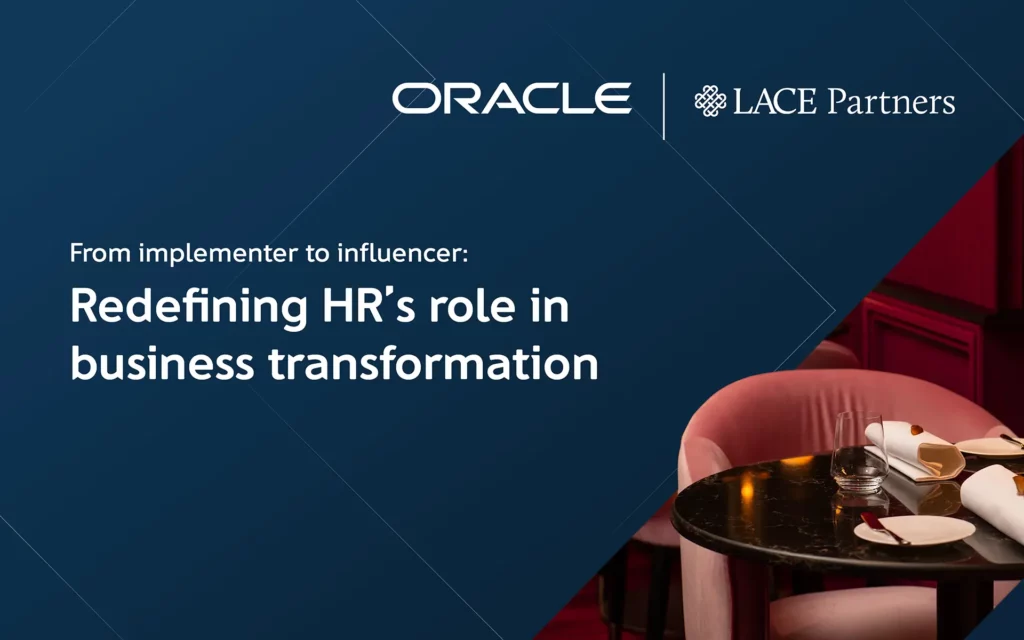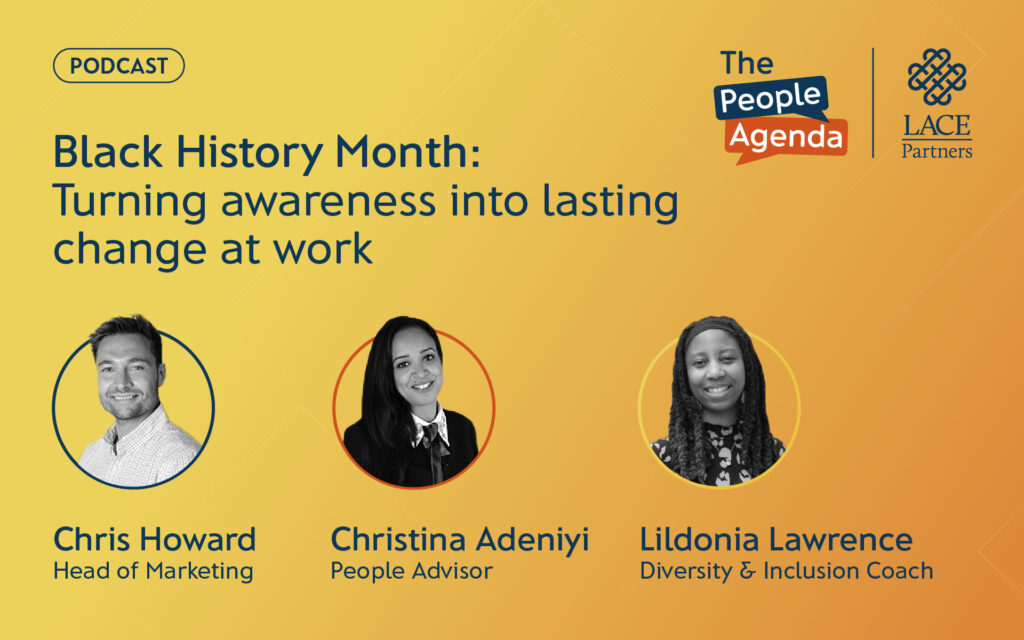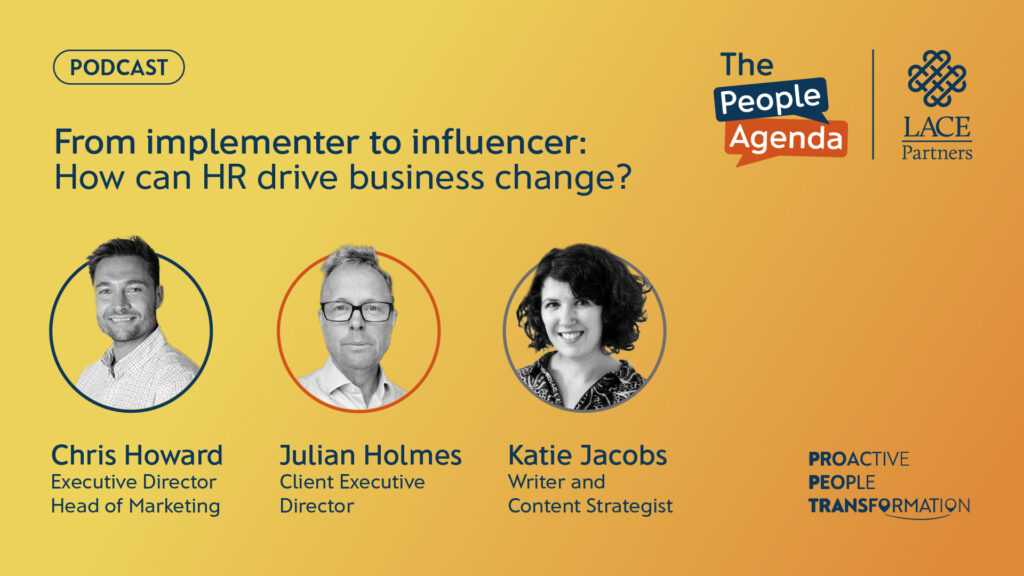In brief:
- The CEO is no longer just a leader but a chief storyteller, setting the tone for culture and purpose.
- The CPO amplifies and grounds the CEO’s narrative, ensuring it resonates with employees.
- Together, the CEO and CPO create a unified voice that strengthens trust and credibility.
We’ve been reading an article from McKinsey about the role of the CEO as organisational storyteller (The CEO’s role as chief storyteller | McKinsey). We’ve spoken on a number of different podcasts about the role of storytelling from a broader HR perspective (including this podcast here). We took some time out to reflect on the role that the Chief People Officer (CPO) can play in facilitating and shaping this role alongside the CEO and other C-Suite colleagues.
The strategic partnership: How the CPO amplifies the CEO’s storytelling
The role of the CEO has evolved beyond traditional leadership responsibilities. As highlighted in the McKinsey article, but also across multiple different platforms (as evidenced by this piece here) the CEO is now seen as the chief storyteller, shaping the narrative that drives the organisation’s vision and culture. However, this storytelling is not a solo act. The Chief People Officer (CPO) plays a crucial role in amplifying and supporting the CEO’s narrative, ensuring that it resonates throughout the organisation.
Setting the tone for the organisation
The CEO should take overall accountability for the communication standards across the organisation, embodying the organisation’s culture and purpose through their engagement both internally and externally – they set the tone for the entire organisation. The CPO, as a bridge between leadership and employees, ensures that the CEO’s narrative remains authentic, responsible, and resonates internally, responding to issues raised across the organisation through employee listening and sentiment measurement. By translating strategic messages into language and actions that are meaningful to employees, the CPO can also align with the CEOs storytelling themes through communication plans and determination of core messages, shaping the employees’ workplace experience, and developing a leadership capability that manages people in ways that deliver that experience. with the CEO’s storytelling themes.
Championing culture, purpose, and values
CEOs are described as culture champions and ambassadors, using storytelling to foster deep dialogue and build trust. The CPO co-creates and reinforces cultural narratives that reflect the CEO’s vision, ensuring consistency across policies, behaviours, and rituals. By embedding values into everyday ways of working, performance management approaches, recognition strategies, and employee experience definition, the CPO helps to make the CEO’s story tangible and relatable.
Creating a leadership chorus
Richard Davis, quoted in the McKinsey article, emphasises the importance of having a management team that is composed of equal voices and equal storytellers. From a LACE perspective we think the CPO plays a pivotal role, using their role as the conscience of the organisation to share their insights across senior leadership teams, and helping to shape the stories emanating from them. Alongside this, they cultivate storytelling skills across the executive team, facilitate alignment, and enable a unified and authentic leadership voice, creating a chorus that supports the CEO’s solo. By fostering an environment where diverse voices are heard and valued at the leadership table, the CPO amplifies the CEO’s narrative and ensures that it resonates at all segments of the organisation.
Calling the play in critical moments
CEOs must lead during crises and speak up on issues that matter, often in complex and high-pressure environments. The CPO supports the CEO in these critical moments by shaping ‘emergency’ responses – reflecting both employee sentiment and organisational position (in our previous blog on the ‘four hats of the CPO we touch on this with the Experience architect hat) and developing appropriate internal messaging during challenging times, ensuring empathy, clarity, and cohesion. As the organisational conscience, the CPO advises the CEO on the human impact of decisions and ensures that responses are values-led.
Building trust and credibility
Trust is the foundation of effective leadership. By modelling transparency and care, the CPO reinforces the CEO’s credibility and helps maintain trust across the organisation. The CPO also provides the CEO with insights from the workforce, acting as a feedback loop to ensure that the narrative evolves in response to employee sentiments. That feedback loop must happen at all parts of the employee lifecycle, from the initial recruitment and ‘welcome me’ process, right through to the ‘wish me well’ part of the people experience lifecycle (you can read more about the lifecycle, as well as the metrics that can be used at each stage, in our blog here).
The power of collaboration: CEO and CPO in harmony
The partnership between the CEO and the CPO is vital for effective organisational storytelling. While the CEO sets the vision and tone, the CPO ensures that this narrative is reflective of the organisational sentiment, responsible and woven into the fabric of the organisation. By championing culture, developing leaders, managing crises, and building trust, the CPO amplifies the CEO’s storytelling, creating a cohesive and compelling organisational narrative.
If you’d like to find out more about how you can build and develop the relationship between your CEO, or if you’re looking for ways in which you can become the storyteller within your organisation, reach out to our team by filling in the form below and let us know what you’d like to talk about.
































